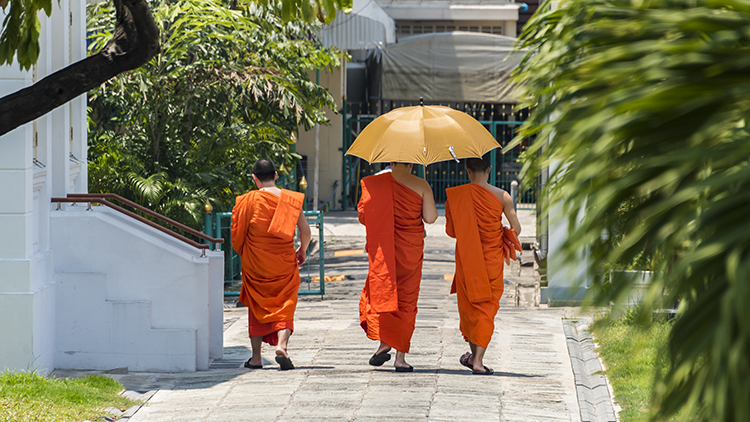
The Pilgrims had what many consider to be the first Thanksgiving in 1621. Abraham Lincoln made Thanksgiving a federal holiday in 1863. The United States has been celebrating Thanksgiving for a long time. However, years later people don’t agree on what Thanksgiving means.
Most people know the story of Thanksgiving as a time when Native Americans and European settlers cooperated. However, some Native Americans view the holiday as a time of sadness. They think of times after the feast when European settlers pushed natives off of their land. In 1970, Native Americans in Massachusetts began holding Day a National Day of Mourning on Thanksgiving. Each year they gather around a statue of Massasoit, the Wampanoag who greeted the Pilgrims. They speak about the struggle to preserve their culture.
Even among those who celebrate Thanksgiving, the story of the first Thanksgiving may mean different things. Many people think of Thanksgiving as a lesson in what different people can do when they cooperate. Others have begun to speak about Thanksgiving as a lesson about capitalism. They point to evidence that the Pilgrims did not succeed when they farmed land together. They only had success when they divided the land and individuals were responsible for their own part of the land. Some historians disagree with this interpretation.
With so many different interpretations of Thanksgiving, what lessons can we take from it? Perhaps it is helpful to look at why Abraham Lincoln made Thanksgiving a federal holiday. At a time when the country was divided by a civil war, he felt that were things that should “be solemnly, reverently and gratefully acknowledged as with one heart and one voice by the whole American People.”
What Do You Think? What does Thanksgiving mean to you?
Photo Credit: Ariel Skelley/DigitalVision/Getty Images



